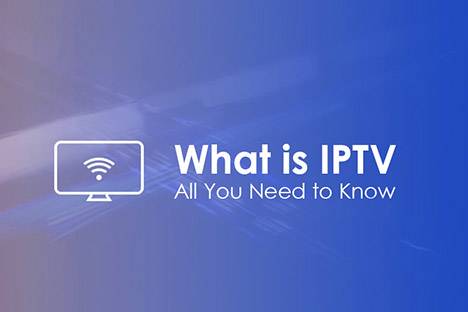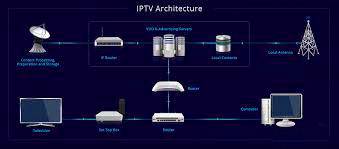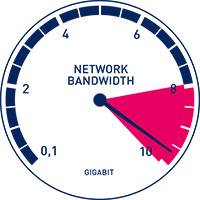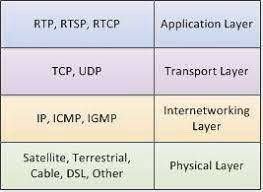Where is IPTV located?
IPTV is a technology that has revolutionized the way we watch television. It allows us to access TV channels and other video content over the Internet instead of using traditional broadcast methods. Given its widespread adoption, it’s easy to think of IPTV as a centralized service with a single location. However, the truth is a little more complicated than that. This article explores the various places involved in the IPTV ecosystem and explains how they work together to bring you the TV content you love.
IPTV content provider
The first and most important position in the IPTV ecosystem is the content provider. These companies create the television content we watch. Content providers can be traditional television channels, such as HBO and ESPN, or online video streaming services, such as Netflix and Amazon Prime. Content providers typically have a central location for creating and distributing their content. For example, Netflix’s headquarters in Los Gatos, California, is where most of its original programming is produced. However, most content providers have multiple locations around the world where they store and distribute video files to other parts of the IPTV ecosystem.
IPTV service provider
The next position in the IPTV ecosystem is the service provider. These companies provide the infrastructure to deliver IPTV content to end users. Service providers often have large data centers where they store and distribute video content. These data centers are located in different regions around the world to ensure that viewers have fast and efficient access to content.
Service providers also often enter into partnerships with content providers, enabling them to offer specific channels or video content to their customers. For example, a service provider might offer an HBO subscription as part of its IPTV package. The service provider then needs to connect directly to HBO’s servers so that they can stream the content to customers.
IPTV middleware provider
The third position in the IPTV ecosystem is the middleware provider. These companies provide software to manage IPTV services. Middleware providers typically have their own data centers that store information about available channels, subscriptions, and other metadata. The middleware software also provides the interface that end users use to access IPTV content.
The middleware provider’s data center is often connected to the service provider’s data center so that they can exchange information about available channels and other metadata. Middleware providers also need to have direct access to content providers’ servers so that they can provide accurate information about available content.
in conclusion
IPTV has changed the way we consume television and video content. It’s a complex ecosystem involving multiple locations and companies working together to deliver the content we love. Content providers create video content, service providers provide the infrastructure for delivering the content, and middleware providers provide the software to manage the services. These locations are critical to the success of the IPTV ecosystem, and together they ensure that viewers can access the content they want, wherever and whenever they want. Whether you watch traditional TV channels or catch up on the latest series on Netflix, IPTV is changing the way we watch TV.
Subscribe now: smarters-iptv-co-uk






